- News
- Reviews
- Bikes
- Components
- Bar tape & grips
- Bottom brackets
- Brake & gear cables
- Brake & STI levers
- Brake pads & spares
- Brakes
- Cassettes & freewheels
- Chains
- Chainsets & chainrings
- Derailleurs - front
- Derailleurs - rear
- Forks
- Gear levers & shifters
- Groupsets
- Handlebars & extensions
- Headsets
- Hubs
- Inner tubes
- Pedals
- Quick releases & skewers
- Saddles
- Seatposts
- Stems
- Wheels
- Tyres
- Tubeless valves
- Accessories
- Accessories - misc
- Computer mounts
- Bags
- Bar ends
- Bike bags & cases
- Bottle cages
- Bottles
- Cameras
- Car racks
- Child seats
- Computers
- Glasses
- GPS units
- Helmets
- Lights - front
- Lights - rear
- Lights - sets
- Locks
- Mirrors
- Mudguards
- Racks
- Pumps & CO2 inflators
- Puncture kits
- Reflectives
- Smart watches
- Stands and racks
- Trailers
- Clothing
- Health, fitness and nutrition
- Tools and workshop
- Miscellaneous
- Buyers Guides
- Features
- Forum
- Recommends
- Podcast
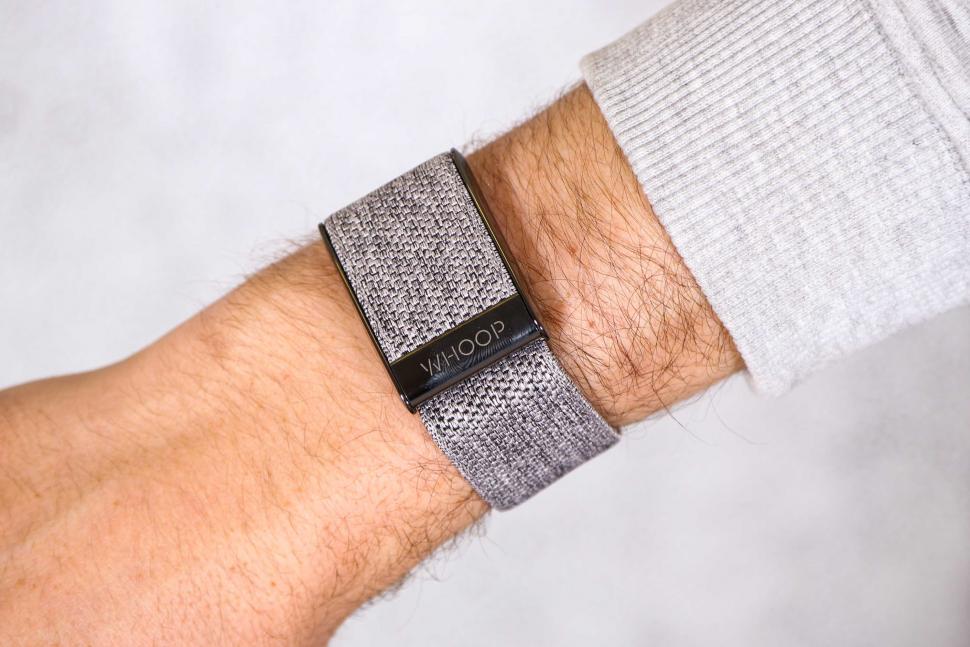 2021 Whoop Superknit 4.0 - on wrist.jpg
2021 Whoop Superknit 4.0 - on wrist.jpg£180.00
VERDICT:
Interesting data, but bugs and heart rate accuracy issues take the shine off
Easy visualisation of recovery
App is loaded with functionality
Comfortable
Clever charging system
Quite expensive initially
No option to connect to external heart rate monitor
Lack of control over data
Weight:
16g
Contact:
At road.cc every product is thoroughly tested for as long as it takes to get a proper insight into how well it works. Our reviewers are experienced cyclists that we trust to be objective. While we strive to ensure that opinions expressed are backed up by facts, reviews are by their nature an informed opinion, not a definitive verdict. We don't intentionally try to break anything (except locks) but we do try to look for weak points in any design. The overall score is not just an average of the other scores: it reflects both a product's function and value – with value determined by how a product compares with items of similar spec, quality, and price.
What the road.cc scores meanGood scores are more common than bad, because fortunately good products are more common than bad.
- Exceptional
- Excellent
- Very Good
- Good
- Quite good
- Average
- Not so good
- Poor
- Bad
- Appalling
The Whoop Superknit 4.0 is a good health and fitness tool that is best suited to tracking steady-state cardio workouts. The sleep tracking is great, the app is easy to use and packed with data, and the recovery scores can guilt trip you into drinking less and eating better. But issues with heart rate accuracy at higher readings, the initial expense, and a lack of control over your data make it hard to recommend.
If you've never heard of Whoop, it is an app that shows you a range of metrics with the aim of helping you to perform better in day-to-day training. The app gets its data from your heart rate and this is measured by a band that you wear on your wrist. It sounds like any other fitness tracker, but Whoop runs purely based on your heart rate data. It doesn't have GPS, it won't give you a step count and it won't measure stuff like sets if you're doing a gym workout. You also can't connect an external heart rate device such as a chest strap. More on that later.
What Whoop will tell you is your strain, which is a measure of how hard your day has been and your recovery, which is how well you slept.
The strain score starts at 0.0 and climbs throughout the day if your heart rate goes up. That means that if your walk to work is easy and your heart rate stays low, it won't register as an activity. But if you cycle there and have to get up a hill and away from lights, you'll get an activity registering.
Strain is based on the intensity of the activity and not so much the duration, and the theoretical limit for each day is capped at 21. Why, I don't know, but it is.
Accuracy
Heart rate data is the only thing going into the Whoop, so it is the only thing that the app is using to determine your daily strain and recovery. If this is off, then the advice that you're getting is going to be compromised. The system relies on accurate heart rate data and, unlike other devices that can use the data from an external heart rate monitor, you're at the mercy of the Whoop's optical sensor. My personal experience with wrist-based optical heart rate sensors has been relatively mixed. When wearing my Garmin Forerunner 735XT for cyclo-cross I use a chest strap, as the accuracy is better at the higher end of my heart rate range.
I originally had the Whoop 3.0 band in for review, but before I'd finished testing it, it was superseded by the 4.0. The 3.0 suffered from some pretty terrible accuracy issues which made it unusable for anyone looking to use it for serious training. Happily, the 4.0 is a vast improvement in most cases.
Whoop was using two heart rate sensing LEDs in the 3.0, but for the 4.0 this has been increased to five. While I am still seeing some issues with accuracy at higher heart rate values – above 170bpm – overall the data is much better.
At higher heart rates that I get when doing intervals, climbing a hill or racing, the data is a bit slow to pick up and then never quite tops out as it should. It was easy to see this when I compared it to my 4iiii heart rate monitor, which was recording to a Garmin head unit.
I still had a few issues when doing intervals with close spacing – 40/20s (40-second max/20-second recovery), for example. With the 4.0 on my wrist the Whoop struggled to react to the quick changes in heart rate; worn on the bicep it was a little better, but still nowhere near a chest strap in terms of accuracy.
For endurance scenarios, such as steady-state running and cycling, the 4.0 is good enough. But for shorter burst workouts, such as bike racing, the accuracy still isn't good enough. Whether this is an issue will depend on what your workouts look like and how high your heart rate goes.
Whoop could solve these issues instantly by simply allowing you to pair an external chest strap. Why it doesn't I have no idea, because until it does, this device is going to be massively flawed for a huge number of people.
Bugs
Since receiving my first Whoop 4.0, I've had to ask for two more. The first failed to shut off when removed from the wrist. So when I took it off to shower, the sensor would go into overdrive and record a workout at 220bpm average. That then corrupted the strain and recovery scores for the day, and as there is no way to remove a section of data, and because I generally shower once a day, the data I was getting was useless.
The second band would also record heart rate data, but this time on those rare occasions that I took it off before bed, usually owing to the fact that I hadn't charged the battery pack. On these occasions, I'd get a weirdly complete-looking data set.
This third band has been relatively trouble-free. The only issues I've had while wearing it have been for the app itself to refuse to connect to the servers, meaning that I had to delete it from my phone and reinstall it. The app would then catch up, but sometimes data would be deleted, again impacting on strain and recovery scores.
There have been a few firmware updates to do and it's important to do them – my band wouldn't record data until I had. I discovered this after coming back from a tough four-hour ride. Whoop decided that it hadn't happened and thus my strain and recovery scores were off for at least a full day. Whoop will let you add an activity manually, but it doesn't allow you to input even an average heart rate figure.
Sleep
I really like my sleep, and tracking it has been really interesting. The charging brick, which I'll dive into in a minute, means you can easily wear this to bed without any discomfort or need to miss one night in three for a recharge, as you would with something like the Apple Watch.
The Whoop app will set you a recommended bedtime based on the time that you want to wake up, your performance goal for the next day, and how much sleep it thinks you need.
It is pulling in data on your heart rate, skin temperature, blood oxygen and respiratory rate to determine the quality of your sleep.
In the morning, you get a recovery score and a detailed look at your night's sleep. You can input a ton of potentially contributing metrics such as caffeine, a late dinner, alcohol intake and quite a bit more through the journal function. This allows you to look for patterns in things that help or hinder your sleep.
> How to maximise your recovery and build your fitness
Another thing that I like here is the alarm. The 4.0 band has a strong haptic motor built in so it'll buzz on your wrist when it is time to wake up. That saves a noisy alarm going off, which is great if you need to wake up earlier than the person sleeping next to you. The alarm can be set for an exact time, for when your sleep goal has been reached, or when your recovery score has gone back into the green.
One thing I did find is that Whoop has a totally unrealistic grasp on how much sleep a normal working person with a functioning social life can get. And I don't even have kids. How those of you who do are ever expected to get over nine solid hours is beyond me.
Putting that to one side, I will say that the app has helped me to get more sleep. A little notification at 9pm telling me to wind down is a good enough excuse to stop watching crap TV and grab a book. By 10pm, I'm ready for lights out, and when I wake up at about 6:30am the next day I'm generally actually ready to function.
Stress and strain
One major issue I had with the Whoop is that there’s no way to tell it you've had a tough session at the gym or a hard day at work, so you might not be up for a massive Zwift session.
For example, in the winter I head into the gym more to build a bit of muscle and try to balance a body that is pulled out of its natural line by a combination of cycling and a desk job. Weightlifting and core work are on the agenda, and for the first few weeks the new training stimulus cripples me. Many of us know the feeling of the day after a heavy gym session, but Whoop has seemingly never been.
Weightlifting activities barely registered, and I had to make sure to start an activity manually while I was doing my warm-up stretches.
For strength activities, the Whoop's reliance on heart rate data really shows and it proves quite ineffective at tracking the toll that these sessions can take on your body.
Likewise, though I love my job and talking/writing about bikes is great, there are some days in everyone's life when work is a drag, or the day is long, and on these days I was expecting to see the toil of the day reflected in my strain score.
A long day of stressful driving through the mountains of France in a manual hire car on the wrong side of the road brought about barely any change in my strain score. The longest filming days in cold weather barely registered. Whoop was telling me that when I had finished for the day, I'd be easily able to cope with a hard session on Zwift, but my shattered body and mind said otherwise. Stress could be handled a lot better by Whoop.
The same can be said of recovery. On some days when I'd been travelling for work and got back late, I'd wake up the next day with a wrecked body but a green recovery score. Being able to tell it this kind of information would be really useful – as it is, it leads to a device that isn't that easy to trust.
Charging
While I'd never usually mention the charging system other than to say that Garmin is still amazingly sticking with micro USB, the Whoop boasts a design that means you never need to remove the device.
You charge the little brick and this slides on to the strap while you're wearing it. I got my charging regime down to leaving the charging brick plugged into the wall and then popping it onto the strap before I went to bed. Do this every few days and you never need to remove the strap.
Comfort
With this 24/7 wear, there is also a comfort aspect to consider, and thankfully the Whoop is very comfortable to use for long periods. I generally left it on one wrist for 24 hours and then switched it to the other wrist. The strap is soft against the skin and the main part of the sensor stays low to the wrist, meaning that it doesn't catch on cuffs all day.
The actual optical sensor that contacts the skin does press in a little, but it isn't uncomfortable. In fact, after a few days of use, I pretty much forgot I was wearing it.
Pull a pint
One of the interesting claims on the Whoop site is that its users are drinking less. Users reportedly drank alcohol 79 per cent less before bed than before, and I can see that stacking up. A cheeky post-work pint or a few G&Ts in the garden absolutely hammered my recovery scores.
I was already aware of the negative effects of booze on my cycling performance but to see how much it ruined my chances of doing a good training session the next day was shocking.
If you're looking to drink less then there's a good chance that this will guilt-trip you into doing so.
Wish list
The Whoop Superknit 4.0 has a brilliant app, but the data that it feeds into that app isn't accurate enough to be useful. Going forward, what would be incredibly helpful would be if the web-based app allowed you to select specific parts of a ride for closer analysis. Training Peaks allows this, as does Strava and a number of other platforms, and it allows a much clearer picture of what is going on within an interval. Currently, Whoop's app displays at minute intervals. That's fine for long efforts, such as the first example above, but utterly useless for drilling down into shorter intervals.
I also want far more control over my data. I'd like to be able to edit heart rate data so that an obviously incorrect spike or workout can be removed. I also want the ability to download my data. It is mine, after all.
Being able to input heart rate data into activities manually would be great.
App
The app itself is Whoop's saving grace. It is easy to navigate, clear and packed with information. Tracking trends is super simple with the weekly and monthly reports, and there is plenty of extra information about how to best use your data.
If you're not sure about how hard to push on a given day, the app will advise as to the strain score that you need to reach to achieve optimal daily strain.
> 29 of the best cycling apps for iPhone and Android
You can see a breakdown of your day, including strain and heart rate profiles from activities, sleep performance, and how many calories you've burned, get information on how your body is doing after a hard workout the day before, and so much more.
Value
A subscription of £30 per month is equivalent to a cheaper gym membership, and while that sounds fine, you do have to commit to a six-month plan, so the initial cost is £180.
If I was reviewing the app alone for its information, data sets and features, it'd be an easy conclusion. But the issues I've had with the Superknit 4.0 and some of the calculations that leave Whoop telling me I'm ready to train when I can barely walk down the stairs make this a much more difficult sell.
The nagging thought at the back of my mind is that a smartwatch such as the Apple Watch Series 7 or the Garmin Fenix would do most of the things that the Whoop 4.0 does, but then do the activity tracking better simply by allowing you to connect to a chest strap heart rate monitor.
You'd then also have the run of Apple's app store and the Garmin Connect IQ store for apps that can use the data you are generating in much the same way that Whoop does.
And the final thing is that both of these options will tell you the time.
Conclusion
So, what to make of Whoop as a system? I personally don't see it as a useful tool for an athlete with a heart rate that heads north of 170bpm. The data up there isn't accurate enough to be useful for tracking workouts properly. I'd also avoid it if your workouts consist of lots of smaller intervals or you do a lot of strength training. For longer, steadier state workouts, it's great.
Where I see the most value from the Whoop is as a health tool for general day-to-day use. The sleep tracking is brilliant and the guilt-tripping into drinking less and sleeping more is incredibly useful. When I used it properly for this, I was more alert in the morning and better able to sit here and write things about bikes.
Verdict
Interesting data, but bugs and heart rate accuracy issues take the shine off
road.cc test report
Make and model: Whoop Superknit 4.0
Size tested: One size
Tell us what the product is for and who it's aimed at. What do the manufacturers say about it? How does that compare to your own feelings about it?
From Whoop: 'Unlock yourself with WHOOP 4.0 – the latest, most advanced fitness and health wearable available. Monitor your recovery, sleep, training, and health, with personalized recommendations and coaching feedback."
Tell us some more about the technical aspects of the product?
Whoop lists these features:
RECOVER FASTER
WHOOP analyzes your key metrics like HRV and resting heart rate to determine a daily recovery score, and shows you how specific lifestyle and training behaviors affect Recovery.
TRAIN SMARTER
WHOOP measures and accumulates your training activities and daily effort with a Strain score that helps you understand when to rest or push.
SLEEP BETTER
WHOOP monitors your sleep cycles, debt, performance, and quality, to help you know how much sleep you need every night.
FEEL HEALTHIER
WHOOP now measures your blood oxygen levels, skin temperature, heart rate, and more, so you can see when you're making progress, or when something's off your baseline.
Rate the product for quality of construction:
5/10
Rate the product for performance:
4/10
Rate the product for durability:
8/10
Rate the product for weight (if applicable)
10/10
Rate the product for comfort (if applicable)
10/10
Rate the product for value:
4/10
£30 per month is a lot to pay for an app, even if the hardware is free.
Tell us how the product performed overall when used for its designed purpose
When it was working and for certain things, the Whoop is brilliant. Other times were just pure frustration.
Tell us what you particularly liked about the product
For a device that has to be worn 24/7, it is brilliantly unobtrusive. The recharging brick is brilliant.
Tell us what you particularly disliked about the product
The main issue really is the heart rate accuracy issue for someone who goes north of the 170bpm mark on rides. Up here, or when there are quick changes in heart rate – as in an interval session – the Whoop is inaccurate and that ruins the functionality of the app.
How does the price compare to that of similar products in the market, including ones recently tested on road.cc?
There's nothing really that is equivalent.
Did you enjoy using the product? It was okay.
Would you consider buying the product? No. I think you can get most of the data that this provides from a regular sports smartwatch.
Would you recommend the product to a friend? Yes, but with a warning.
Use this box to explain your overall score
While the Whoop app is brilliant, the charging clever and the sleep tracking a highlight, issues with bugs and heart rate data inaccuracy make the monthly cost and initial setup outlay hard to justify.
About the tester
Age: 27
I usually ride: Specialized S-Works Tarmac SL7 My best bike is:
I've been riding for: Under 5 years I ride: Most days I would class myself as: Expert
I regularly do the following types of riding: road racing, time trialling, cyclo cross, commuting, club rides, general fitness riding, I specialise in the Cafe Ride!






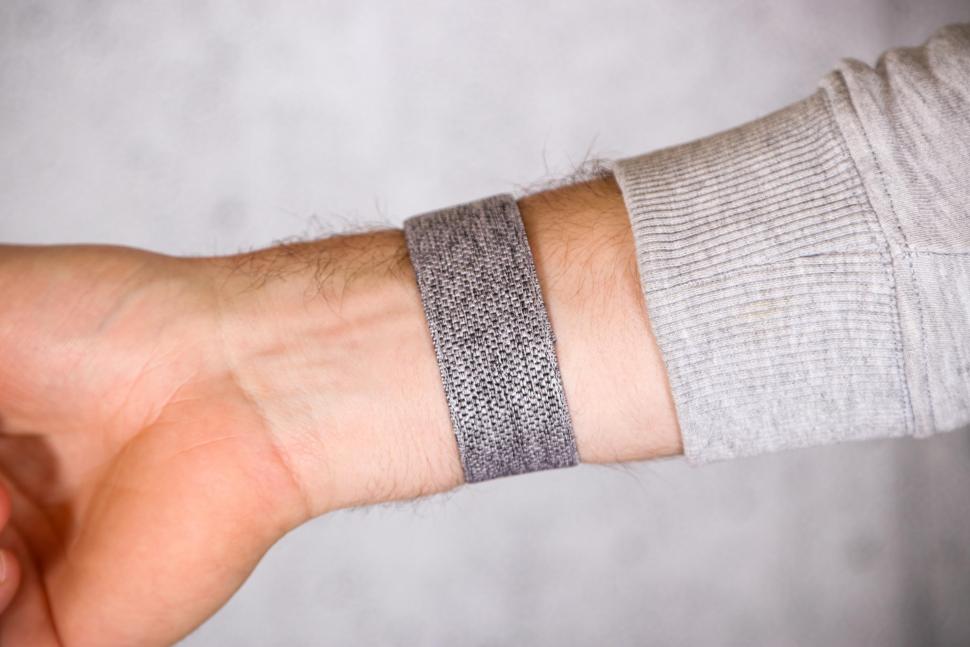
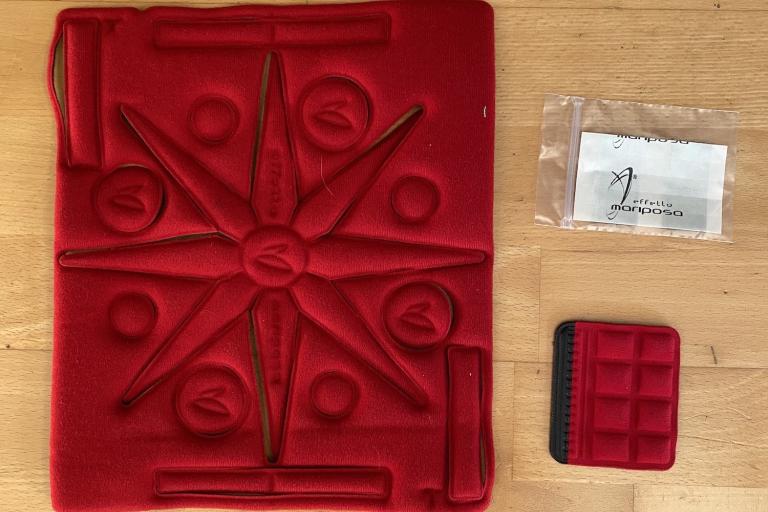
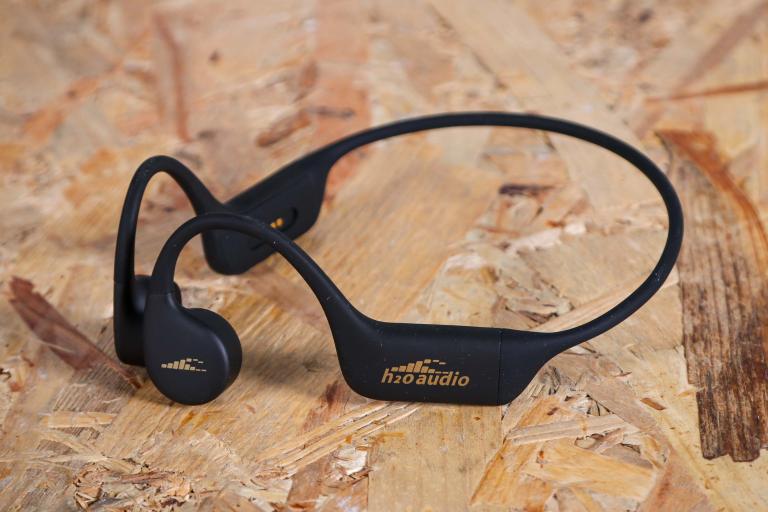

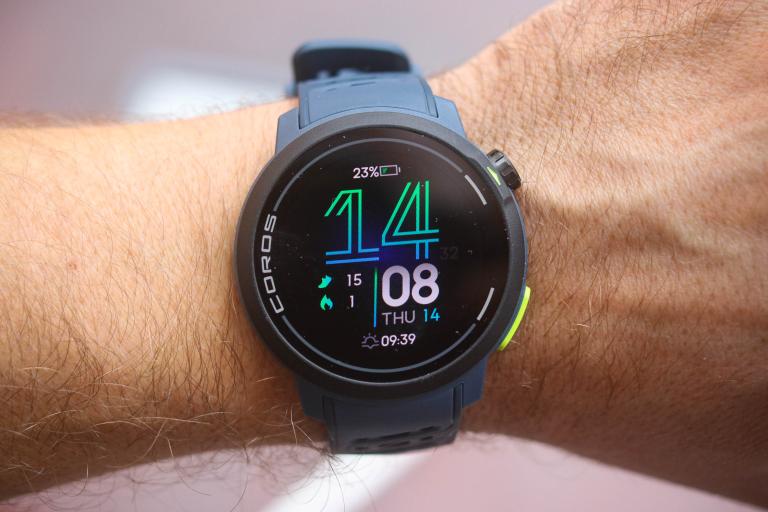
Yepp, fantastic coverage. It seems strange that WBD have forced me to spend less and get better coverage! Thing is, I would have been happy with a...
+1 on saddle height and also check your lateral alignment - everything should be straight and aligned. My bike fit years ago moved my feet to the...
Everything Lezyne sells are really good, especially their pumps, and the Torque Drive. ...
It's not only the UK which suffers from vile louts-VdP is a great athlete who deserves respect!
https://www.youtube.com/watch?v=wOzP87HVCWw
Apart from the fact that you're completely wrong - Decathlon is a French company and has 1045 stores in Europe compared to 50 in the UK - whilst...
Finally tried out the Smart Lever that I did get for Xmas as I had a suspicious looking bubble/bump on my rear GoodYear tyre (don't think I'll buy...
Suitable reply, No Reply.
Further motoring exemptions have been highlighted by a certain celebrity lawyer: needing the loo, being a well-known footballer...
Hi,...